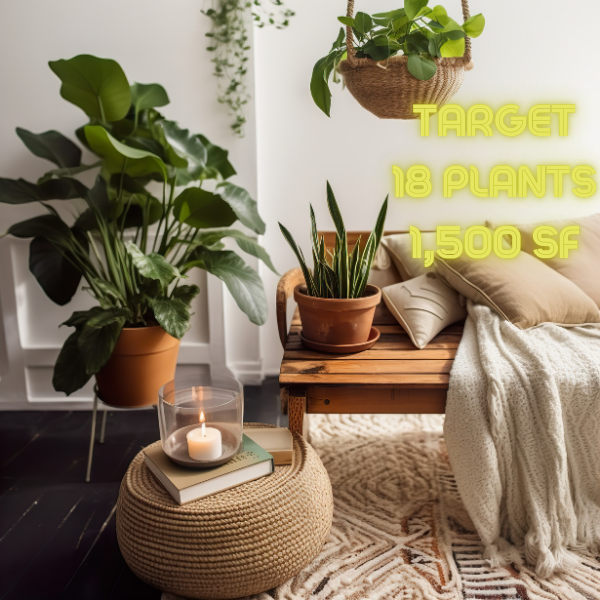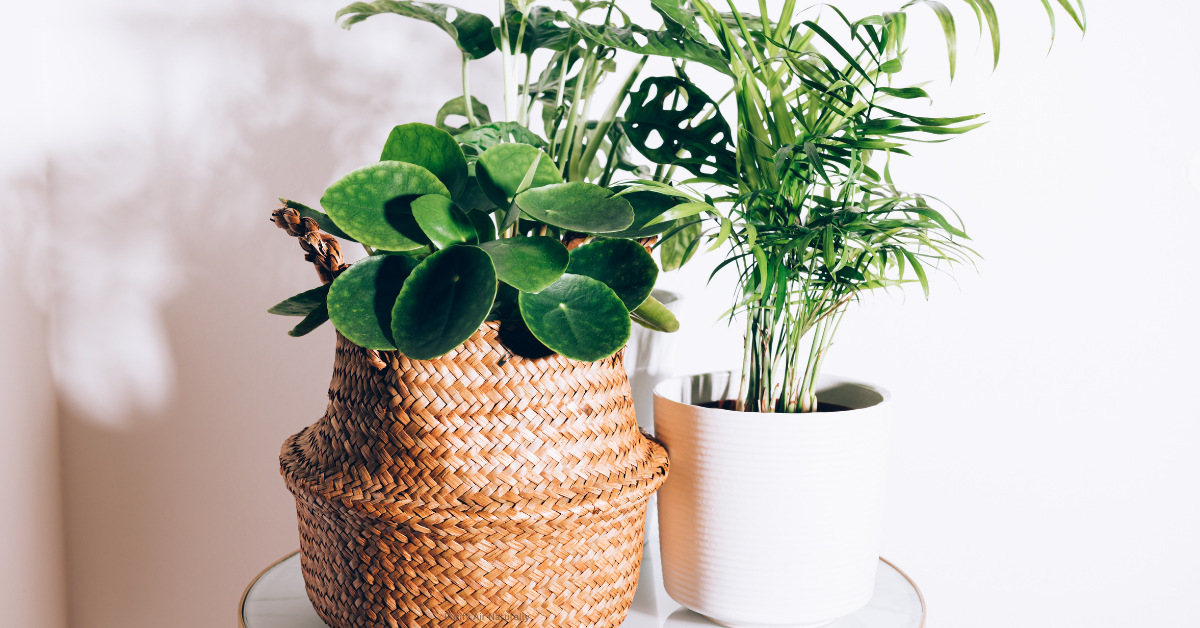Why should you consider purifying indoor air with houseplants?
According to the U.S. EPA, "concentrations of many Volatile Organic Compounds (VOCs) are consistently higher indoors (up to ten times higher) than outdoors. VOCs are emitted by a wide array of products numbering in the thousands. No federally enforceable standards have been set for VOCs in non-industrial settings."
I found this handy infographic on the web that explains the science behind the purifying power of plants and I thought I'd share it here. I have known about this study for decades, but only recently remembered this tip when I was deep diving on air quality.
One thing to keep in mind is that this study was done in the late 1980's, so the chemical list that can be filtered does not include hot-button contaminants like forever chemicals and microplastics. Regardless, I'm heading out to find my neighborhood plant store's discount rack to purchase more for my own home! Now I just need to figure out how to keep a few plants alive in my dark family room that features our likely-forever-chemical off-gassing television set.
How Many Plants Do You Need?


Note: Decrease Your Toxins does not endorse pesticides and synthetic fertilizers featured on the lovethegarden.com website.
